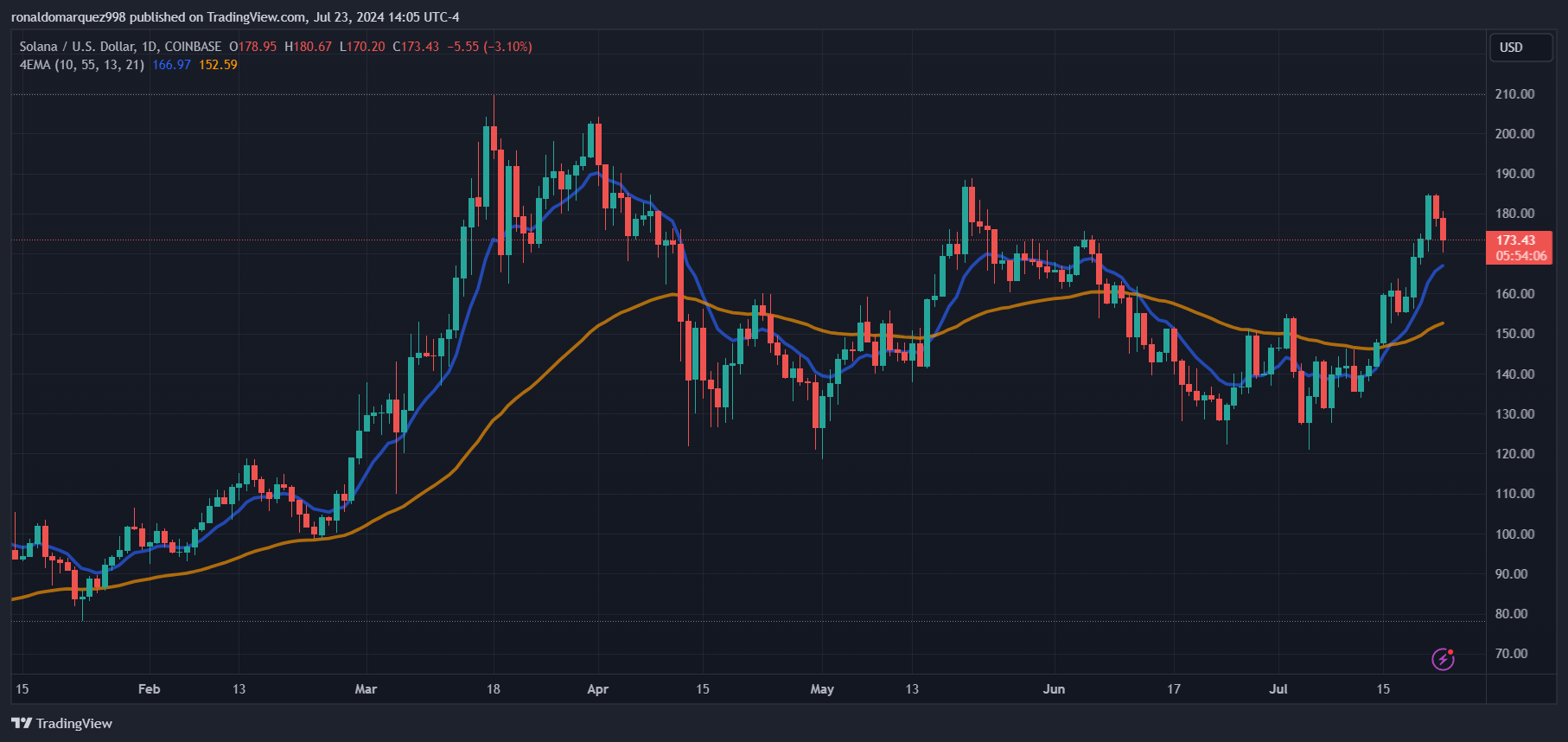Hamilton Lane, one of the world’s largest asset managers, has announced the launch of a new private credit fund on the Solana blockchain. Officials say this strategic move, detailed in a recent report by Fortune, heralds a significant shift in the adoption of blockchain technology by mainstream financial institutions.
Hamilton Lane Leads with Innovation
Hamilton Lane, managing over $290 billion in assets, is making a bold entrance into the blockchain space. The fund, named Senior Credit Opportunities Fund (SCOPE), is now accessible to investors via the Solana network. This marks a notable first in the realm of institutional-grade blockchain applications.
The initiative is supported by a collaboration with Libre, a Web3 protocol developed by Brevan Howard’s WebN Group and Nomura’s crypto firm, Laser Digital. Libre will act as the backbone infrastructure, enabling the issuance and distribution of tokenized real-world assets (RWAs) on-chain. According to Dr. Avtar Sehra, CEO and founder of Libre, Solana’s choice is strategic, citing its “low latency and high throughput capabilities” as ideal for the demands of modern financial operations.
Pioneering Institutional Investment in Blockchain
Experts believe that the move by Hamilton Lane to launch an institutional fund directly on the Solana blockchain is critical to the growth of the blockchain sector. This fund introduces a new avenue for institutional investors to engage with blockchain technology and paves the way for further adoption of RWAs as a viable investment vehicle.
Victor Jung, Head of Digital Assets at Hamilton Lane, emphasized the significance of this launch. “This is for the decentralized finance natives,” Jung commented, underscoring the firm’s strategy to broaden its investor base by tapping into the crypto-native and mass affluent segments. This step is just the beginning of a broader movement to integrate more financial asset classes onto the blockchain.

The Democratization of Finance Through Tokenization
Hamilton Lane is not new to the concept of tokenization. Prior to this, the firm had successfully tokenized the SCOPE fund and an equity fund using the digital securities issuance platform Securitize. The success of these ventures has led to the current expansion of Solana, aiming to further democratize access to private credit through blockchain technology.
Tokenization holds the potential to revolutionize how individual investors participate in markets traditionally dominated by institutional players. By breaking down financial barriers and offering smaller investment increments, blockchain could widen the financial inclusivity net far beyond the current state.
Challenges in Bridging TradFi and DeFi
However, the path to integrating blockchain into traditional finance is fraught with challenges. Startups like Maple and Centrifuge, which also ventured into the tokenization of financial assets, have faced difficulties in appealing to crypto investors. These investors often have different expectations, such as shorter lock-up periods and higher returns, compared to traditional investment offerings.
Moreover, the integration of traditional financial structures with blockchain technologies requires robust regulatory frameworks to ensure security, compliance, and investor protection. The evolving landscape of global financial regulations will play a crucial role in shaping how these innovative products mature.
Market Reaction and Future Outlook
Upon the announcement, the broader market showed a mixed reaction, with Solana’s price initially dipping nearly 5% amidst general market volatility. This price movement reflects the typical cautious optimism that often accompanies novel financial innovations.
Looking ahead, Hamilton Lane’s venture into blockchain-based funds is just a glimpse of what might become a standard practice in the near future. BlackRock CEO Larry Fink’s vision of a future where every stock and bond is tokenized points to a unified financial ecosystem powered by blockchain. Such a system could lead to increased transparency, efficiency, and inclusivity in global finance.

Conclusion: A New Era for Financial Markets
Hamilton Lane’s initiative is potentially transformative for the financial sector. It represents a bold step towards a future where blockchain and traditional finance are not just parallel systems but are integratively and innovatively intertwined. This could set the stage for a new era of financial inclusion and technological adoption, where the benefits of blockchain can be realized on a massive scale, touching every aspect of financial dealings.
As the technology matures and more players in the financial sector warm up to blockchain, we may witness a significant transformation in how we invest, save, and conceive asset ownership. Hamilton Lane has indeed set the bar high, showcasing that the future of finance may well lie in the integration of blockchain technology into traditional financial products. Stay tuned to TurkihNY Radio for more updates on crypto.



























































































![BitTorrent [New]](https://s2.coinmarketcap.com/static/img/coins/64x64/16086.png)

















